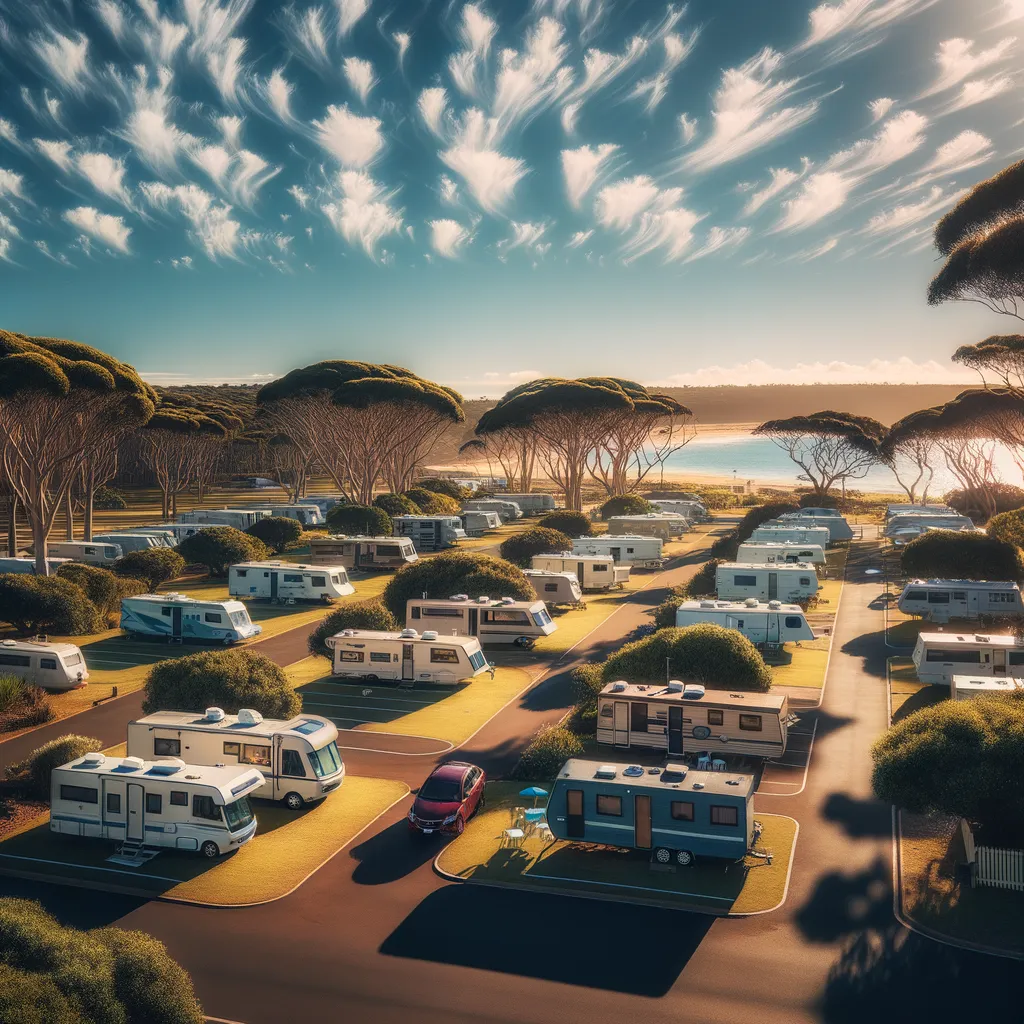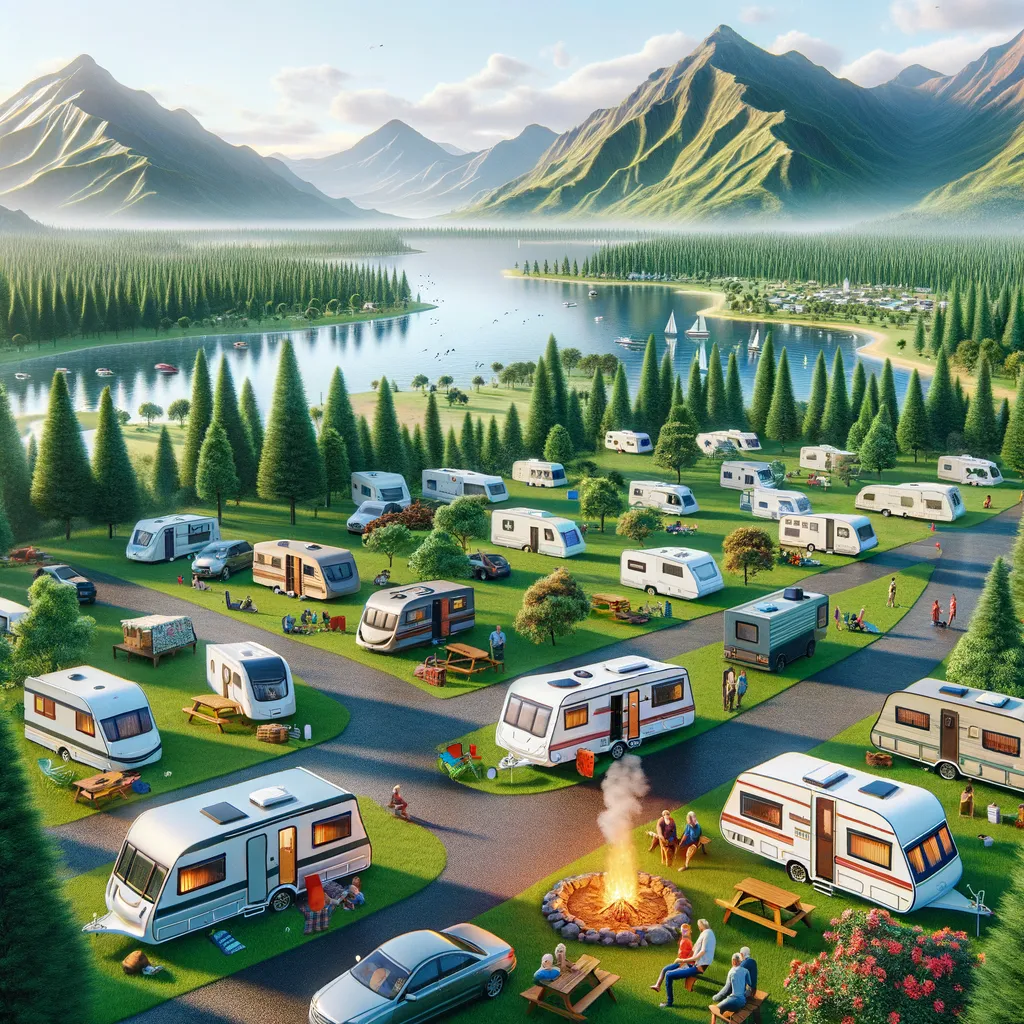Ultimate Guide for Parents: Preparing for Natural Disasters While Traveling
Welcome to our comprehensive guide designed to empower parents with valuable insights and actionable tips for safeguarding their families against natural disasters while on the move. Understanding the significance of preparedness can transform a daunting experience into a manageable adventure. In today’s guide, we’ll embark on a journey through meticulous planning, essential packing lists, and smart strategies to ensure you and your little ones remain safe, no matter where your travels take you.
Adventure awaits, but safety should always be your compass. Whether you’re an avid explorer or planning your first getaway, emergencies can strike without notice. Transform your travel experiences by being well-prepared for any natural disaster that might come your way. For all you need to know about making the great outdoors your home away from home, check out our friends at Camping. If you’re thirsting for even more in-depth Camping Information, we’ve got you covered with resources that turn any novice into an experienced camper.
Chapter 1: Understanding the Risks
Before setting out, it’s crucial to understand the natural disaster risks specific to your destination. Researching the area’s common natural threats – be it hurricanes, earthquakes, floods, or wildfires – can significantly inform your preparedness plans. Websites of local government agencies or disaster preparedness organizations offer a wealth of information tailored to geographic specifics. This initial step is not about fostering fear but about fostering forethought and resilience.
Chapter 2: Comprehensive Planning
1. Create a Communication Plan: In the digital age, staying connected can be your lifeline. Ensure all family members understand how to use emergency apps and communications devices, which often work even when cell towers are down. Tech aside, establish a physical meeting point in case you get separated and technology fails.
2. Build an Emergency Kit: This kit should be tailored to the natural disasters prevalent in your travel destination. Essentials include water, non-perishable food, first-aid supplies, flashlights, extra batteries, and a portable radio. Don’t forget personalized items like medications, infant supplies, or any pet needs.
3. Stay Informed: Once you’re at your destination, keep tabs on the local weather and news. Apps and notifications can be lifesavers in sudden situations, so ensure your devices are charged and you have access to local emergency alerts.
Chapter 3: Packing Essentials
When it comes to packing for disaster preparedness, it’s about striking a balance between being equipped and being mobile. Each family member should have their own go-bag, pre-packed with essentials and tailored to their needs. This includes clothing suitable for the climate, personal hygiene items, and copies of important documents in waterproof containers.
In your packing endeavors, remember the mantra: Prepared, not panicked. Your go-bag is a reassurance, not a burden. Careful selection of items ensures you can move swiftly without being weighed down by non-essentials.
Our guide is poised to take you through every step of the way, ensuring that you’re well-equipped to handle whatever comes your way. Preparing for natural disasters might seem overwhelming, but with the right knowledge and tools, you can navigate these challenges with confidence and peace of mind.
To be continued with more in-depth strategies, real-life tips, and insightful advice…

5 Essential Tips for Parents on Preparing for Natural Disasters When Traveling
Navigating the unpredictable path of natural disasters during family vacations requires foresight, preparedness, and a calm mindset. Preparing your family, especially when you have children in tow, can seem daunting. However, with the right approach, you can travel with confidence, knowing you’re prepared for any eventuality. In this segment, we delve into five key areas parents should focus on to ensure their family’s safety and comfort during natural disasters while traveling.
1. Educate Your Family About Natural Disasters
Knowledge is a powerful tool in disaster preparedness. Start by educating yourself and your children about the types of natural disasters you might encounter during your travels. Use age-appropriate language and resources to discuss what happens before, during, and after each type of event. Understanding these events reduces fear and equips everyone with the knowledge to react appropriately.
2. Invest in Personal Safety Gear
Personal safety gear is an essential component of your preparedness strategy. This includes sturdy shoes for everyone in the family, weather-appropriate clothing, and personal flotation devices if you’re traveling near water bodies. For areas prone to air quality issues, consider packing N95 masks. Equip each family member with a whistle and a small flashlight or headlamp, which can be invaluable in emergency situations.
3. Leverage Technology for Safety
Modern technology offers a myriad of ways to stay safe and informed. Download and familiarize yourself with weather apps, local emergency notification services, and GPS tracking apps. These tools can provide you with real-time updates on emergency situations, helping you make informed decisions swiftly. Moreover, teach your children how to use these apps and set up family sharing where applicable to keep tabs on each other’s whereabouts.
4. Plan for Health and Medical Needs
When preparing for any trip, consider the health and medical needs of your family. This is even more critical when considering the potential impact of natural disasters. Pack a comprehensive first-aid kit including prescription medications, fever reducers, antiseptic wipes, and insect repellent. It’s also wise to research and note down the location of the nearest hospital or emergency medical facility to your destination. For those with chronic illnesses or specific medical requirements, ensure you have a sufficient supply of necessary medications and supplies.
5. Engage in Practical Emergency Drills
Practice makes perfect, and this holds true for emergency preparedness. Engaging in practical emergency drills tailored to different types of natural disasters can significantly improve your family’s response in real scenarios. Simulate what to do if an earthquake occurs, practice evacuating your accommodation swiftly, or rehearse what to do if you get separated. These drills can reinforce the importance of staying calm, remembering your meeting point, and following the emergency plan you’ve set as a family.
Preparing for natural disasters when traveling is about blending awareness with action. It starts with understanding the potential risks, equipping yourself and your loved ones with the necessary knowledge and tools, and fostering a mindset geared towards safety and resilience. While the thought of facing such challenges can be overwhelming, remember that preparation is your best defense. By instilling these practices, you can ensure that your family remains connected, protected, and ready to face whatever comes your way with confidence.
Traveling offers an incredible opportunity for families to explore, learn, and create lasting memories together. By taking the time to prepare for the possibility of natural disasters, you’re not only safeguarding your family but also ensuring that your adventures remain joyful and worry-free. Empower yourself with knowledge, prepare meticulously, and embark on your journeys with the peace of mind that you are ready to tackle any challenges that come your way. Preparedness doesn’t take the adventure out of travel—it adds to the confidence and safety with which you can explore the world.
Disclaimer
The articles available via our website provide general information only and we strongly urge readers to exercise caution and conduct their own thorough research and fact-checking. The information presented should not be taken as absolute truth, and, to the maximum extent permitted by law, we will not be held liable for any inaccuracies or errors in the content. It is essential for individuals to independently verify and validate the information before making any decisions or taking any actions based on the articles.




